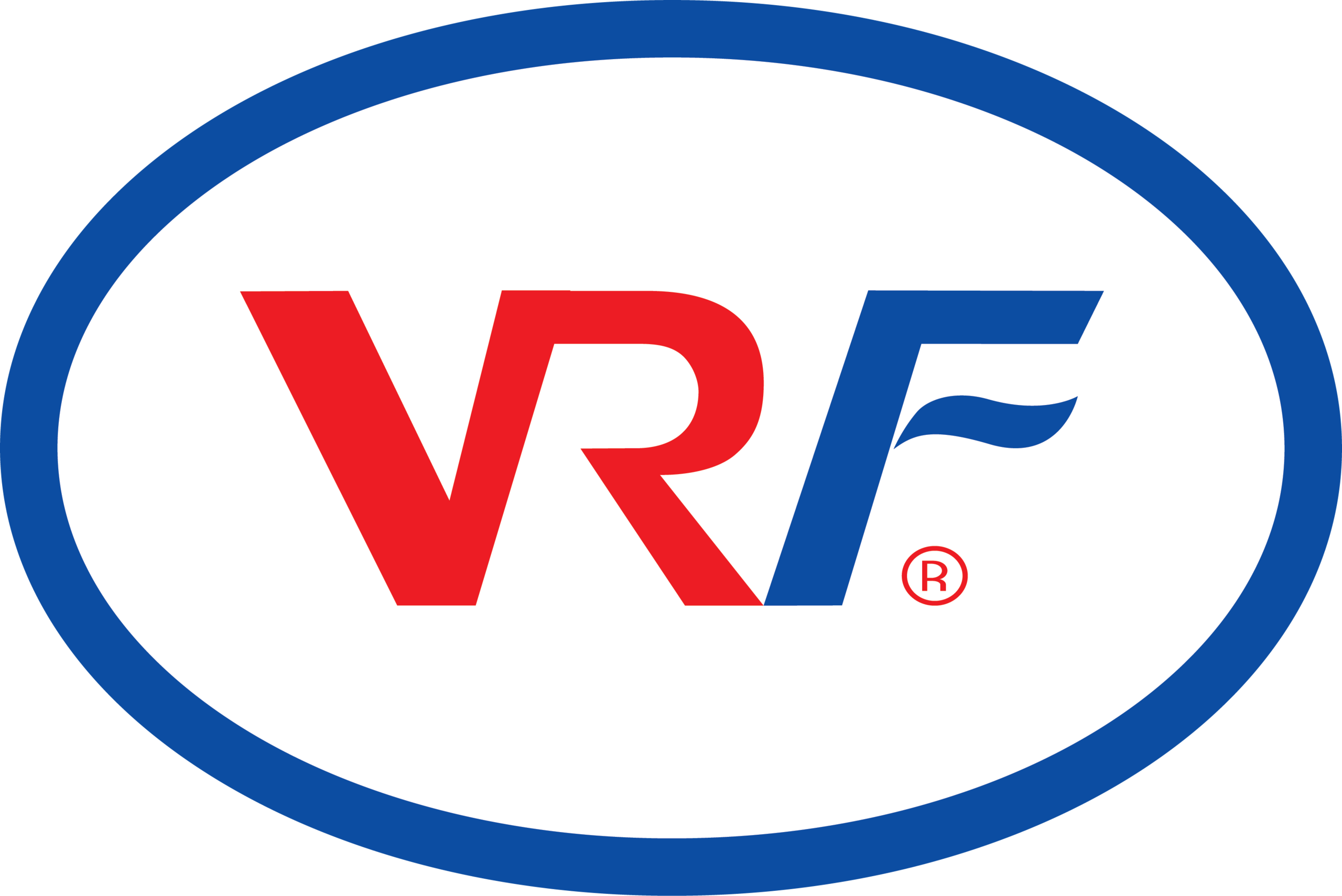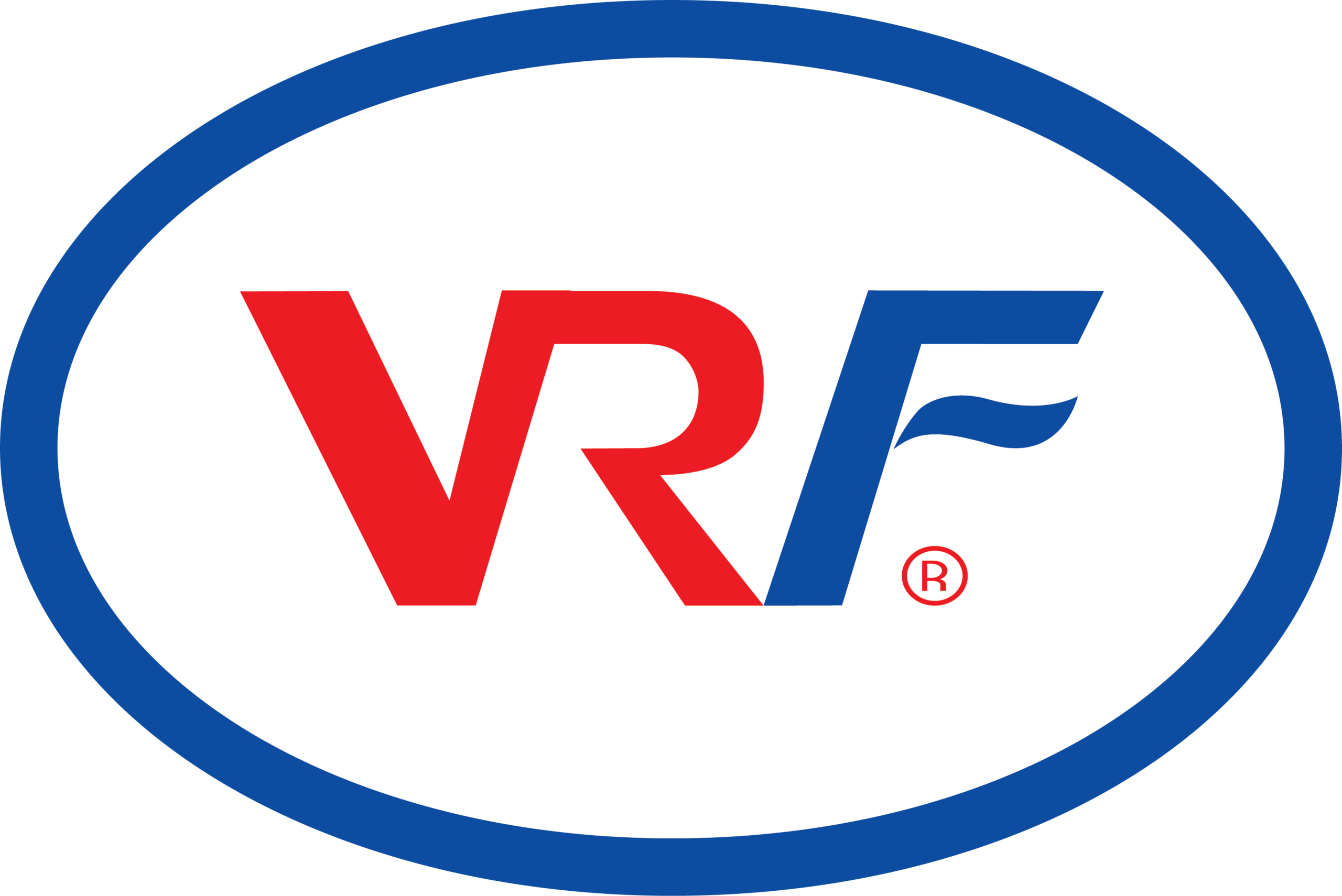Modern drilling operations face growing challenges as companies explore deeper reservoirs, complex formations, and unconventional basins. Stuck-pipe events represent one of the most frequent causes of nonproductive time in drilling, making efficient impact tools essential for maintaining operational continuity. Drilling jars provide controlled upward or downward impact to free stuck drill strings, ensuring drilling progress remains uninterrupted. As technical demands increase, the need for high-performance drilling jars continues to grow across the industry.
Interest in the Drilling Jar Market has risen significantly as drilling contractors prioritize reliable downhole tools to navigate increasingly difficult conditions. Manufacturers are focusing on improvements in impact control, load endurance, and fatigue resistance. Mechanical jars remain popular due to their simplicity, but hydraulic and hybrid variants are gaining traction for their superior force precision and consistency. The adoption of advanced materials and enhanced manufacturing techniques is helping improve jar performance under extreme torsional and axial loads, allowing for more aggressive drilling strategies.
Understanding Drilling Jar Market Dynamics requires examining multiple factors, including exploration trends, technological innovation, regional activity, and regulatory frameworks. The rise of unconventional resources, particularly in North America, continues to drive demand for high-performance drilling jars. Meanwhile, offshore exploration in regions such as West Africa, Southeast Asia, and the Middle East fuels the need for tools capable of withstanding high-pressure, high-temperature environments. Industry regulations related to safety and environmental protection also influence product development, encouraging manufacturers to adopt advanced testing processes and adhere to stringent performance standards.
Economic conditions and energy pricing trends play a major role in shaping market behavior. When oil prices stabilize or rise, exploration and production activity typically increases, leading to greater demand for drilling equipment. Conversely, volatility can influence investment decisions, but long-term global energy needs provide consistent momentum for drilling activities. These cyclical yet stable patterns ensure that the need for drilling jars remains strong, especially among operators seeking efficient solutions to minimize downtime and operational risk.
Technological advancements such as digital monitoring systems and data analytics continue to transform the market landscape. Tools equipped with sensors can track jar activation cycles, impact forces, and performance health. These insights allow operators to refine drilling strategies and perform predictive maintenance, reducing the likelihood of operational disruptions. As digital systems become more integrated across drilling operations, the industry expects further enhancements in tool intelligence and real-time decision-making capabilities.
Collaboration among manufacturers, drilling service providers, and engineering firms also fuels market evolution. Joint research initiatives enable companies to test new designs, explore advanced materials, and simulate downhole conditions more accurately. These partnerships help accelerate innovation and ensure that emerging products meet the high expectations of modern drilling environments. With growing global drilling activity and continued technological progress, market dynamics are expected to remain favorable for sustained growth.


